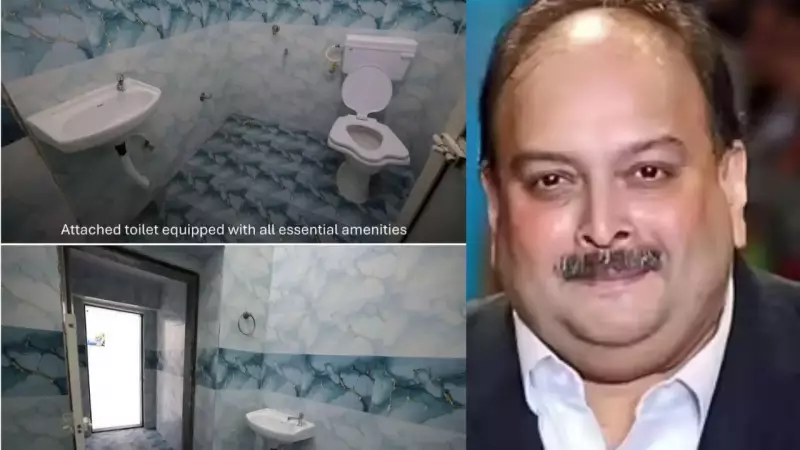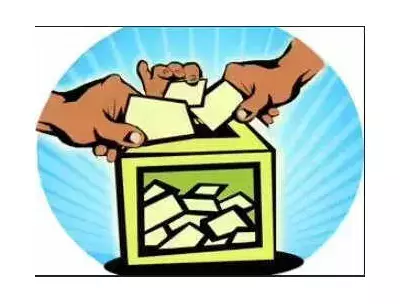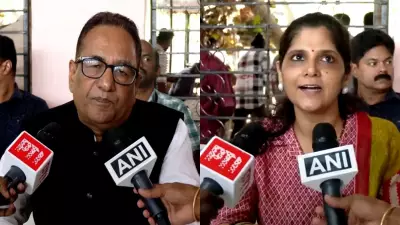
In a revelation that has sparked widespread debate, exclusive photographs have emerged showing the surprisingly luxurious prison cell awaiting Mehul Choksi at Mumbai's Arthur Road Jail. The accommodation, described by many as resembling a boutique hotel more than a correctional facility, comes equipped with amenities that challenge conventional perceptions of prison life.
Luxury Behind Bars: What the Cell Features
The controversial cell includes a flat-screen television, a fully functional modern toilet, and other comforts typically associated with upscale accommodations. The revelation has raised eyebrows among legal experts and the general public alike, particularly given Choksi's status as a fugitive in the massive Punjab National Bank fraud case.
Public Outcry and Legal Implications
Social media platforms and legal circles are abuzz with discussions about the apparent disparity in treatment. Many are questioning whether such facilities are appropriate for individuals accused of financial crimes running into thousands of crores. The images have ignited a fresh debate about prison reforms and the treatment of high-profile economic offenders in India's judicial system.
Legal experts point out that while all prisoners deserve basic dignity and humane conditions, the level of luxury shown in these photographs appears exceptional. The timing is particularly sensitive as Choksi continues to fight extradition proceedings while enjoying comfortable living arrangements that many ordinary citizens cannot afford.
Comparison with Standard Prison Conditions
The stark contrast between Choksi's awaiting cell and typical prison conditions in Indian jails has not gone unnoticed. Ordinary inmates often face overcrowding, basic facilities, and minimal comforts, making these revelations even more controversial. The situation has prompted calls for greater transparency in prison administration and more equitable treatment of all prisoners regardless of their economic status.
As the legal battle continues, these photographs have added a new dimension to the ongoing discussion about justice, equality, and the treatment of economic offenders in India's criminal justice system.





